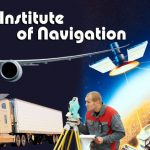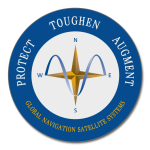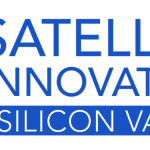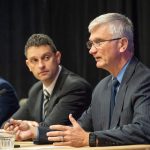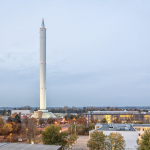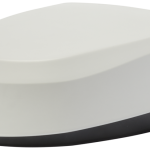Selective Availability, IoT, Suez Canal Visit, Featured at Arab Institute of Navigation Conference
The recently concluded Arab Institute of Navigation biennial conference in Cairo, “GNSS, the Key to Innovation,” featured a wide variety of presentations of interest to navigators and technologists alike.
Presenters ranged from representatives of the European Space Agency (ESA) and NASA, to those from a transportation company that uses GNSS-enabled tracking while transporting priceless ancient artifacts to the under-construction Grand Egyptian Museum.
By Inside GNSS
